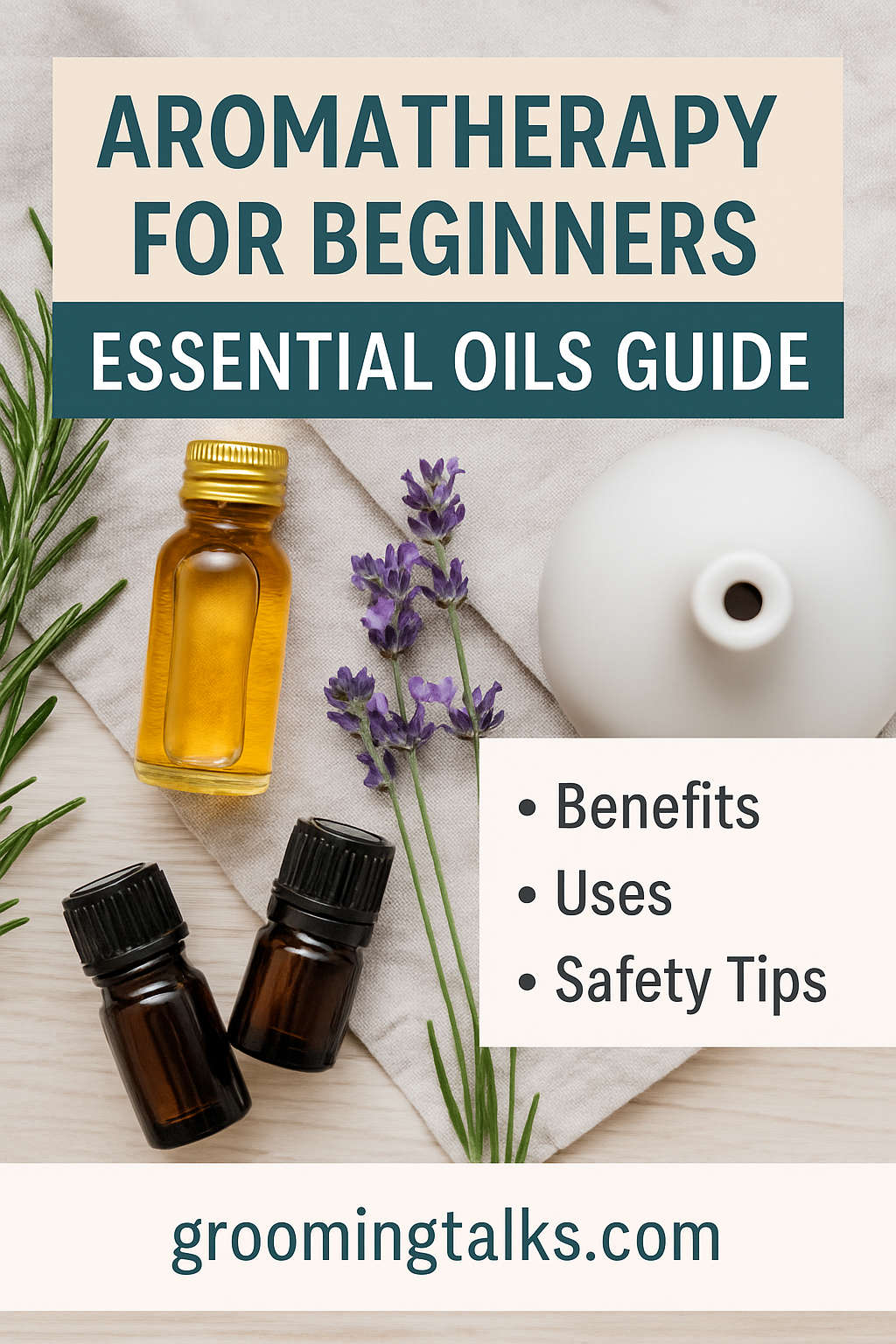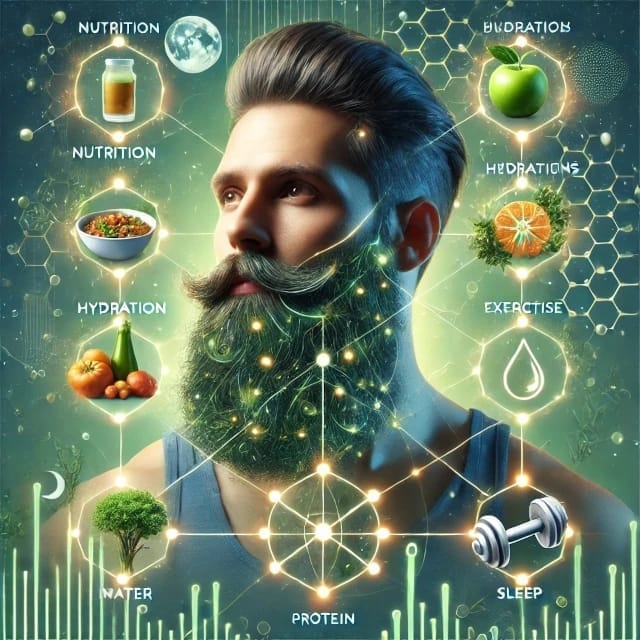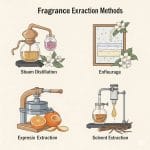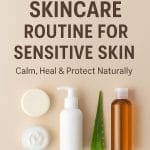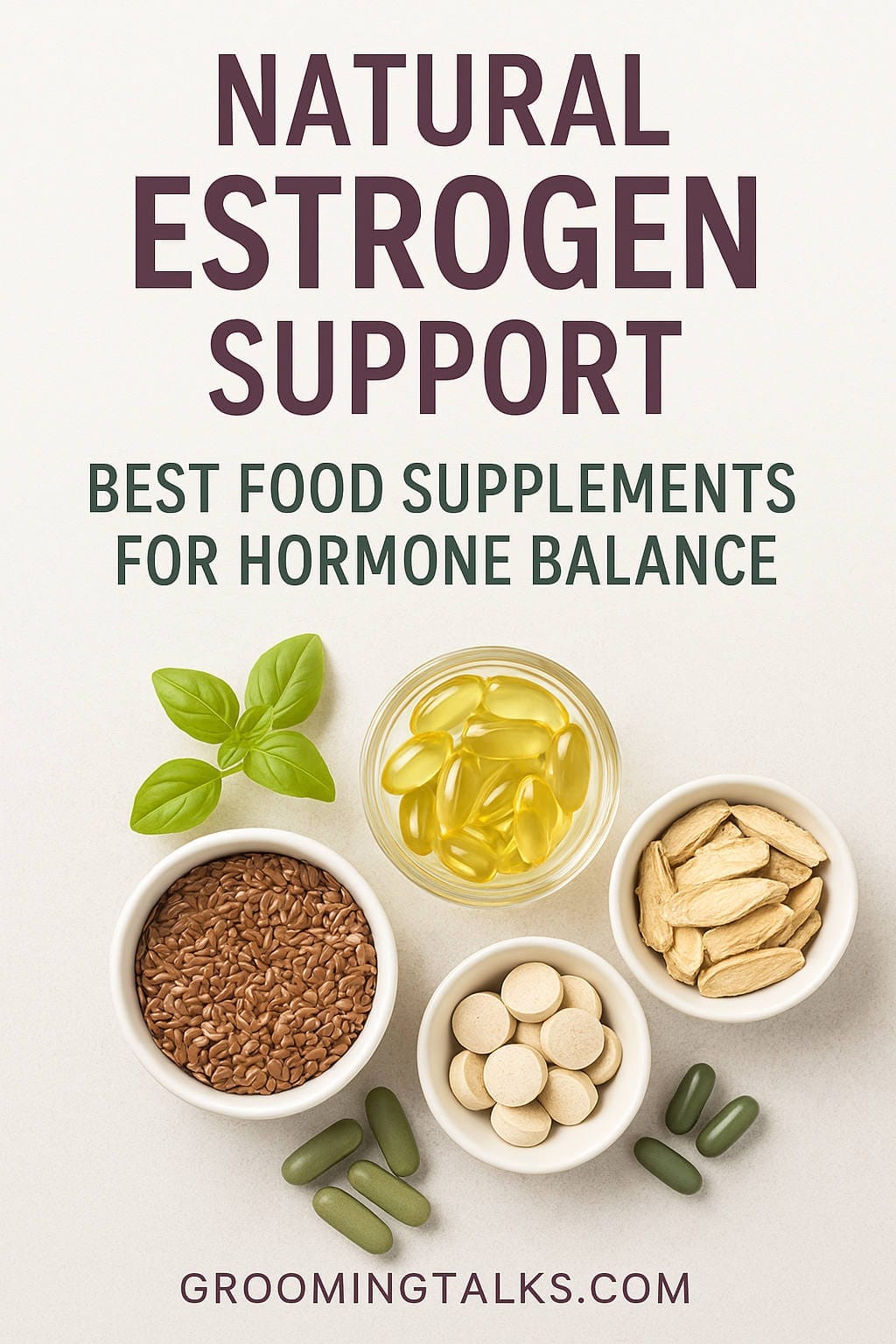If you’ve ever inhaled the scent of fresh lavender and felt instantly calmer, you’ve already experienced a taste of aromatherapy. This ancient healing practice uses the natural aromatic compounds of plants—known as essential oils—to support physical, emotional, and mental well-being. Whether you’re seeking better sleep, stress relief, or a more natural lifestyle, aromatherapy offers a gentle and effective way to enhance your daily life.
In this complete beginner’s guide, we’ll explore the essentials of aromatherapy: what it is, how it works, how to use it safely, and how to make it a regular part of your wellness routine. You don’t need to be an expert to start using essential oils—just curiosity and a willingness to learn.
What Is Aromatherapy?
Aromatherapy is a holistic healing practice that uses natural plant extracts, particularly essential oils, to promote health and well-being. It’s sometimes referred to as essential oil therapy and involves the inhalation or topical application of aromatic plant compounds.
These essential oils are derived from leaves, flowers, bark, stems, and other parts of plants through steam distillation or cold pressing. Unlike synthetic fragrances, true essential oils are highly concentrated, natural, and potent.
While modern aromatherapy has gained popularity in recent decades, its roots go back thousands of years, with early uses found in Ancient Egypt, India, China, and Greece. Today, it continues to grow in popularity as more people look for natural alternatives to conventional treatments.
How Aromatherapy Works
Aromatherapy works primarily in two ways: through your sense of smell and through skin absorption.
1. Through the Nose (Inhalation)
When you inhale essential oils, their scent molecules travel through your nasal cavity to the brain. Specifically, they interact with the olfactory system, which is connected to the limbic system—the part of your brain that controls emotions, memories, and behaviors.
This is why the scent of rosemary may make you feel focused, or lavender may help you relax. Your emotional brain responds instinctively to certain smells.
2. Through the Skin (Topical Application)
Essential oils can also be absorbed into the bloodstream through the skin when diluted with a carrier oil. Once absorbed, they can influence different systems in the body, including the nervous, immune, and muscular systems.
It’s important to note that essential oils should never be applied directly to the skin without dilution.
Benefits of Aromatherapy
The potential benefits of aromatherapy are broad and depend on the specific oils used. Here are some of the most common:
- Stress relief and relaxation
- Improved sleep and reduced insomnia
- Relief from headaches and migraines
- Boosted energy and focus
- Enhanced mood and reduced symptoms of anxiety and depression
- Support for the immune and respiratory systems
- Pain relief and reduced inflammation
While aromatherapy isn’t a cure-all, it can be a supportive tool in a holistic wellness plan.
Common Essential Oils and Their Uses
With hundreds of essential oils available, it helps to start with a few versatile, beginner-friendly options. Here are ten widely used essential oils and their primary benefits:
| Essential Oil | Benefits | Common Uses |
|---|---|---|
| Lavender | Calming, sleep aid, skin healing | Diffuser, bath, pillow spray |
| Peppermint | Energizing, headache relief, digestive support | Inhalation, massage oil |
| Tea Tree | Antimicrobial, acne, minor cuts | Skincare, cleaning products |
| Eucalyptus | Decongestant, respiratory support | Steam inhalation, rubs |
| Lemon | Uplifting, cleansing, immune boost | Diffuser, DIY cleaners |
| Frankincense | Meditation, stress relief, skin rejuvenation | Skincare, diffuser |
| Chamomile | Calming, anti-inflammatory, sleep aid | Tea, bath, massage oil |
| Rosemary | Mental clarity, circulation, hair growth | Hair care, diffuser |
| Geranium | Hormonal balance, skin health | Skincare, massage oil |
| Ylang Ylang | Mood enhancer, romantic, skin toner | Perfume, bath oil |
How to Use Essential Oils Safely
Essential oils are powerful, and using them safely is key to enjoying their benefits without unwanted side effects.
1. Always Dilute Before Applying to Skin
Essential oils should be diluted with a carrier oil before topical use. Common carrier oils include jojoba, coconut, sweet almond, and grapeseed.
Recommended dilution rates:
- 1% (5-6 drops per ounce) for children, elderly, or sensitive skin
- 2-3% (10-15 drops per ounce) for general adult use
2. Patch Test New Oils
Before using a new oil, do a patch test on a small area of skin to check for allergic reactions.
3. Do Not Ingest Without Professional Guidance
Internal use of essential oils can be dangerous and should only be done under the supervision of a certified clinical aromatherapist.
4. Keep Away from Eyes, Ears, and Mucous Membranes
Essential oils are highly concentrated and can irritate sensitive tissues.
5. Use Caution During Pregnancy and with Medical Conditions
Some oils are not safe for use during pregnancy, with certain medications, or for individuals with conditions like epilepsy or high blood pressure. Always consult a healthcare professional if you’re unsure.
6. Store Oils Properly
Keep essential oils in dark glass bottles away from heat and sunlight to preserve their potency.
Methods of Aromatherapy Application
There are many ways to enjoy the benefits of essential oils. Here are a few of the most popular methods:
1. Diffusion
Use an ultrasonic diffuser to disperse essential oils into the air. This is great for enhancing mood, freshening the air, or promoting relaxation.
2. Steam Inhalation
Add a few drops of essential oil to a bowl of hot water. Cover your head with a towel and breathe deeply for respiratory support.
3. Topical Application
Blend essential oils with a carrier oil and apply to pulse points, sore muscles, or the soles of your feet.
4. Bath Soaks
Combine essential oils with Epsom salts or a carrier oil before adding to your bath for a relaxing soak.
5. Massage
Use essential oils in a diluted blend for a soothing massage. Great for stress, muscle pain, and tension.
6. DIY Sprays and Roll-ons
Create custom blends in spray bottles or roller bottles for travel, work, or bedtime use.
Aromatherapy for Emotional Well-being
One of the most powerful uses of aromatherapy is in supporting emotional and mental health. Because scent directly affects the brain’s emotional center, essential oils can be deeply calming, uplifting, or grounding.
Oils for Common Emotional States:
- Stress and anxiety: Lavender, bergamot, clary sage
- Depression and sadness: Orange, frankincense, ylang ylang
- Mental clarity and focus: Rosemary, peppermint, basil
- Fatigue and burnout: Lemon, eucalyptus, black pepper
Incorporate these oils into your self-care rituals, meditation, or mindfulness practice.
Building Your First Aromatherapy Kit
Starting with a few high-quality oils and tools can make aromatherapy both enjoyable and effective. Here’s a simple starter kit:
Basic Oils:
- Lavender
- Peppermint
- Lemon
- Tea Tree
- Frankincense
Supplies:
- Ultrasonic diffuser
- Jojoba or fractionated coconut oil (carrier oil)
- Small amber glass bottles (for blends)
- Roll-on applicators or spray bottles
Look for organic, therapeutic-grade oils from reputable companies. Third-party testing and transparency about sourcing are good signs of quality.
Integrating Aromatherapy into Daily Life
Aromatherapy doesn’t need to be complicated or time-consuming. Here are some easy ways to make it part of your day:
- Morning routine: Use energizing oils like lemon or peppermint to start your day.
- Work focus: Diffuse rosemary while working or studying.
- Evening wind-down: Add lavender to your bath or diffuser.
- Sleep support: Use a pillow spray or roll-on with calming oils.
- Cleaning: Add tea tree and lemon to DIY cleaning sprays.
- Yoga or meditation: Apply grounding oils like frankincense or sandalwood.
Consistency is key. The more you use essential oils, the more intuitive it becomes.
Common Myths About Aromatherapy
Myth 1: Essential Oils Are Always Safe Because They’re Natural
Natural doesn’t always mean safe. Essential oils are potent and must be used with care.
Myth 2: You Can Apply Any Oil Directly to the Skin
Most oils require dilution to prevent irritation or allergic reactions.
Myth 3: More Is Better
Using too much essential oil can lead to sensitization or adverse effects. Less is often more.
Myth 4: All Essential Oils Are the Same
Quality varies widely. Some products are diluted or contain synthetic ingredients.
When to Consult a Professional
If you have a medical condition, are pregnant, or are considering using essential oils internally, consult a certified aromatherapist or healthcare provider. Professionals can help you create a personalized plan tailored to your needs.
You can find certified practitioners through organizations like:
- National Association for Holistic Aromatherapy (NAHA)
- Alliance of International Aromatherapists (AIA)
Final Thoughts: Embrace the Power of Scent
Aromatherapy is more than just pleasant smells. It’s a natural way to support your body, mind, and emotions with the healing power of plants. With just a few essential oils and a bit of guidance, you can bring balance, relaxation, and vitality into your life—one drop at a time.
Whether you’re looking to reduce stress, sleep better, or simply enjoy a more natural lifestyle, aromatherapy offers an accessible and enjoyable path to wellness.
Resources to Continue Learning
- The Complete Book of Essential Oils and Aromatherapy by Valerie Ann Worwood
- Aromatherapy for Healing the Spirit by Gabriel Mojay
- Online courses and webinars from NAHA.org or Aromahead Institute
Take a deep breath. Let nature do the rest.
